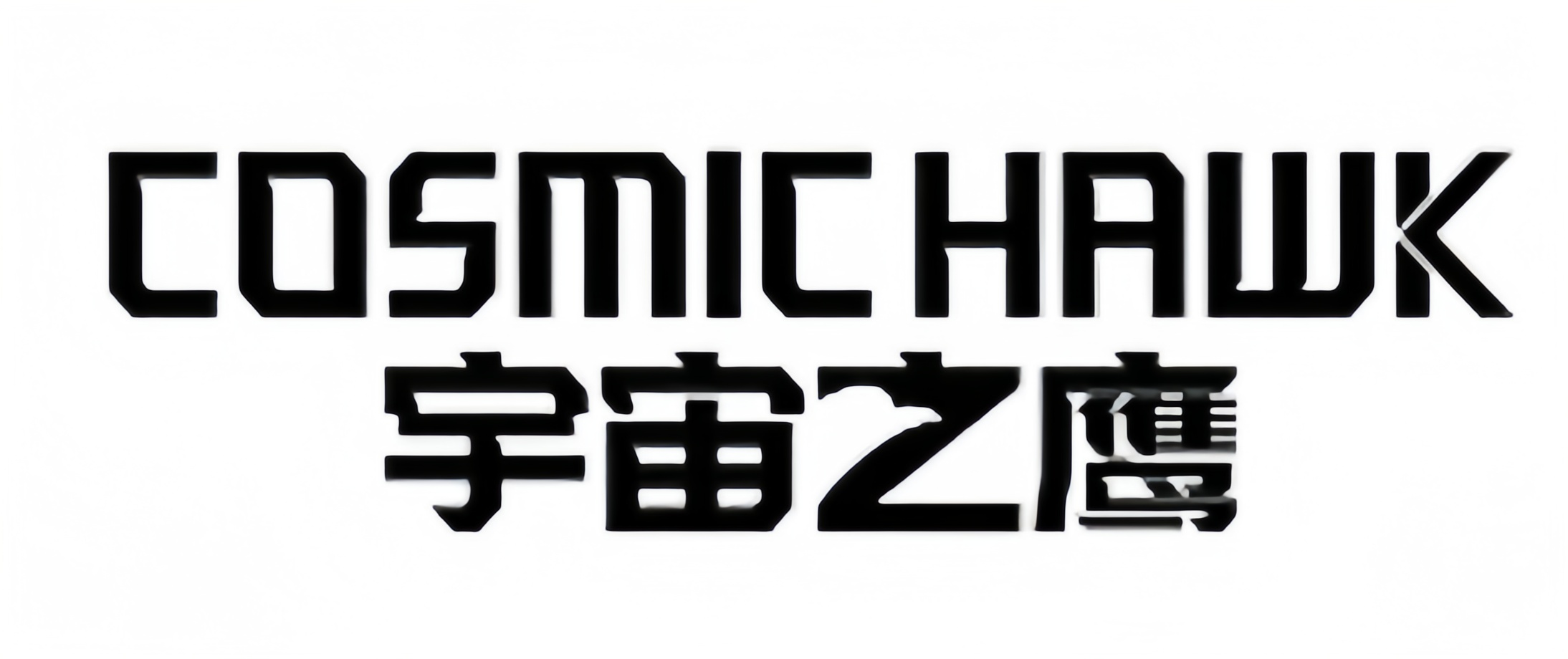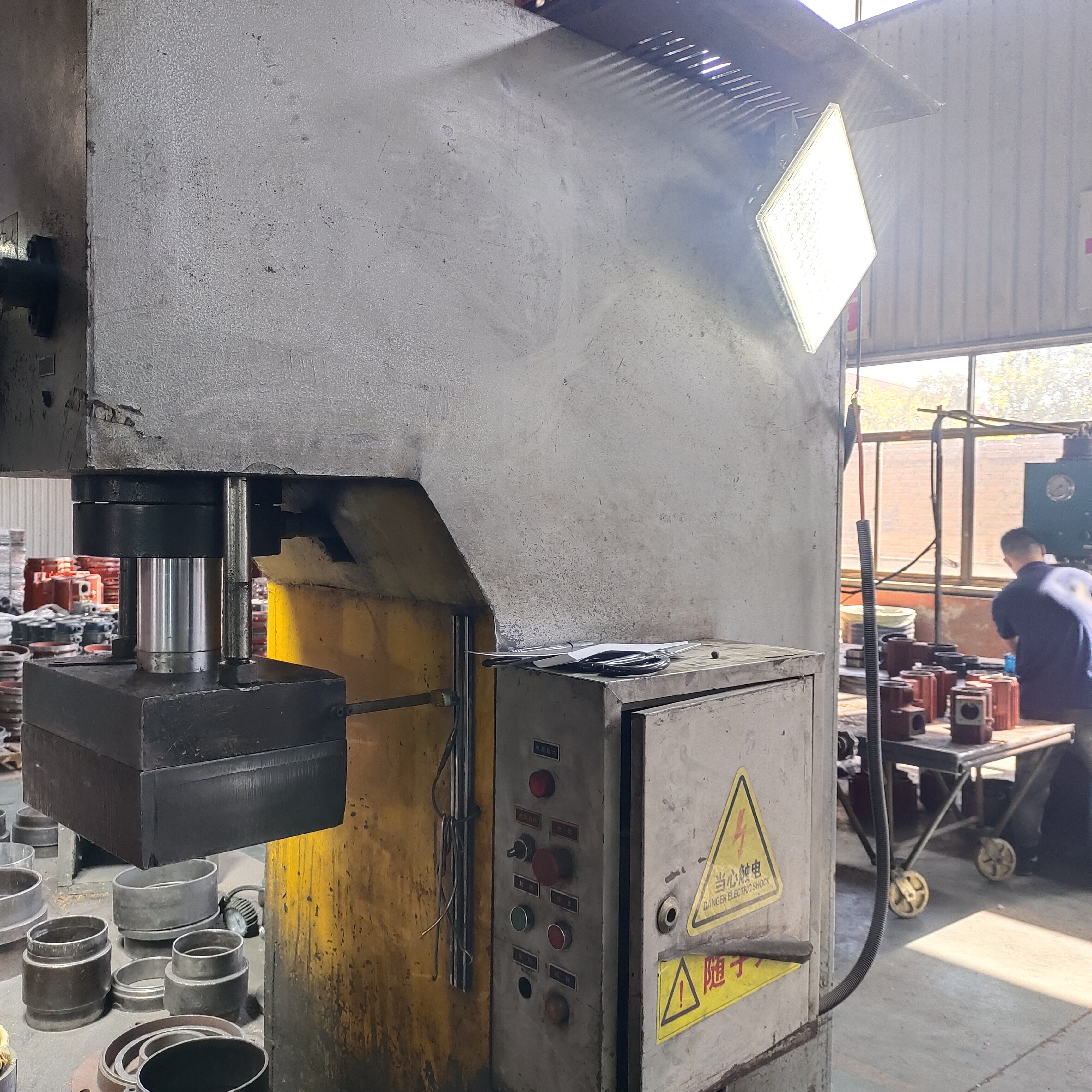The manufacturing landscape is experiencing a revolutionary transformation through advanced die casting technologies that are redefining production capabilities across multiple industries. Modern die casting processes have evolved far beyond traditional methods, incorporating cutting-edge innovations that enhance precision, reduce waste, and accelerate production cycles. These technological breakthroughs are enabling manufacturers to create complex components with unprecedented accuracy while maintaining cost-effectiveness and environmental sustainability.

Manufacturing companies worldwide are adopting these innovative approaches to stay competitive in an increasingly demanding market. The integration of artificial intelligence, advanced materials science, and precision engineering has created opportunities for producing components that were previously impossible or economically unfeasible. From automotive engine blocks to aerospace components, die casting technology continues to push the boundaries of what is achievable in metal forming processes.
Advanced Vacuum Die Casting Systems
High-Pressure Vacuum Technology
Modern vacuum die casting systems represent a significant leap forward in manufacturing precision and quality control. These systems eliminate air entrapment during the casting process, resulting in superior component density and mechanical properties. The vacuum environment prevents oxidation and gas porosity, which are common issues in traditional die casting methods that can compromise structural integrity.
The implementation of high-pressure vacuum technology allows manufacturers to achieve casting pressures exceeding 2000 bar while maintaining consistent temperature control throughout the process. This combination creates optimal conditions for producing thin-walled components with complex geometries that require exceptional surface finish quality. Industries such as electronics and telecommunications benefit significantly from these capabilities when manufacturing heat sinks and housing components.
Automated Vacuum Control Systems
Contemporary vacuum die casting operations utilize sophisticated automated control systems that monitor and adjust vacuum levels in real-time. These intelligent systems analyze multiple variables including metal temperature, injection speed, and cavity pressure to optimize casting conditions for each specific component design. The result is enhanced repeatability and reduced variation between individual castings.
Advanced sensor networks continuously collect data throughout the die casting cycle, enabling predictive maintenance and quality assurance protocols. Machine learning algorithms process this information to identify optimal parameter settings and predict potential issues before they affect production quality. This proactive approach significantly reduces scrap rates and improves overall manufacturing efficiency.
Smart Die Casting with IoT Integration
Real-Time Process Monitoring
Internet of Things integration has transformed traditional die casting operations into intelligent manufacturing systems capable of autonomous decision-making and process optimization. Connected sensors throughout the production line collect vast amounts of data regarding temperature fluctuations, pressure variations, and cycle timing to create comprehensive process profiles for each casting run.
These monitoring systems provide unprecedented visibility into die casting operations, allowing operators to identify efficiency improvements and quality enhancement opportunities. Real-time dashboards display critical parameters and alert personnel to potential issues before they impact production schedules or component quality. The integration of cloud-based analytics platforms enables manufacturers to compare performance across multiple production facilities and implement best practices organization-wide.
Predictive Maintenance Capabilities
Smart die casting systems leverage artificial intelligence algorithms to analyze equipment performance patterns and predict maintenance requirements with remarkable accuracy. These predictive capabilities help manufacturers avoid unexpected downtime and extend equipment lifespan through optimized maintenance scheduling. By monitoring vibration patterns, temperature trends, and operating pressures, the system can identify potential failures weeks or months before they occur.
The economic benefits of predictive maintenance in die casting operations are substantial, with manufacturers reporting up to 30% reduction in maintenance costs and 25% improvement in equipment availability. This technology enables more efficient spare parts inventory management and allows maintenance teams to schedule repairs during planned downtime periods rather than responding to emergency situations.
Multi-Shot Die Casting Innovation
Sequential Injection Technology
Multi-shot die casting represents one of the most exciting developments in modern manufacturing, enabling the production of complex components with multiple materials or varying wall thicknesses in a single operation. This technology utilizes sequential injection systems that can introduce different alloys or material properties at specific stages of the casting cycle, creating components with optimized performance characteristics.
The sequential injection process allows manufacturers to combine materials with different thermal expansion coefficients, strength properties, or electrical conductivity within the same component. This capability is particularly valuable in automotive applications where weight reduction and performance optimization are critical considerations. Engine components can incorporate lightweight aluminum alloys in non-critical areas while utilizing high-strength materials in stress-bearing regions.
Advanced Mold Design Integration
Multi-shot die casting requires sophisticated mold designs that accommodate multiple injection points and material flow patterns. Advanced computer-aided design tools enable engineers to simulate material flow and predict potential issues before manufacturing begins. These simulation capabilities help optimize gate placement, runner design, and cooling channel configuration to ensure consistent quality across all shots.
Modern mold designs incorporate moveable cores and slides that can reposition between shots, enabling the creation of undercuts and complex internal geometries that were previously impossible to achieve. The integration of hot runner systems maintains precise temperature control for each material, ensuring optimal flow characteristics and minimizing waste. These technological advances have expanded the range of components that can be produced using die casting methods.
Sustainable Die Casting Processes
Energy-Efficient Heating Systems
Environmental sustainability has become a driving force behind die casting innovation, leading to the development of energy-efficient heating and melting systems that significantly reduce carbon footprint. Modern induction heating technology provides precise temperature control while consuming up to 40% less energy compared to traditional gas-fired furnaces. These systems also offer faster heating cycles and improved temperature uniformity throughout the molten metal.
Advanced recuperative heating systems capture and utilize waste heat from the die casting process to preheat incoming materials and maintain optimal operating temperatures. This heat recovery approach reduces overall energy consumption while maintaining consistent process conditions. The integration of renewable energy sources, such as solar panels and wind power, further enhances the environmental benefits of modern die casting operations.
Recycling and Waste Reduction
Contemporary die casting facilities implement comprehensive recycling programs that minimize material waste and reduce reliance on virgin raw materials. Advanced sorting and processing equipment can separate different alloy types and remove contaminants to ensure recycled materials meet quality specifications for subsequent casting operations. This circular economy approach significantly reduces material costs while supporting environmental sustainability goals.
Innovative waste reduction strategies include optimized gating systems that minimize runner and sprue volume, reducing the amount of material that must be recycled after each casting cycle. Computer simulation tools help engineers design more efficient material flow patterns that eliminate dead zones and reduce the likelihood of defects that would require component rejection. These improvements contribute to higher yield rates and reduced environmental impact.
High-Precision Die Casting Technologies
Micro-Casting Capabilities
The demand for miniaturized components in electronics, medical devices, and precision instruments has driven the development of high-precision die casting technologies capable of producing features with tolerances measured in micrometers. These systems utilize specialized injection units with ultra-fine control over flow rates and pressures to fill intricate mold cavities with exceptional accuracy.
Micro die casting operations require specialized alloys with enhanced flowability and rapid solidification characteristics to ensure complete cavity filling before the material begins to solidify. Advanced cooling systems provide precise temperature control to manage solidification rates and minimize dimensional variation. Quality control systems utilize high-resolution optical measurement equipment to verify dimensional accuracy and surface finish quality.
Surface Treatment Integration
Modern high-precision die casting systems integrate surface treatment processes directly into the production line, enabling manufacturers to achieve finished component specifications without secondary operations. In-mold coating technologies apply protective or decorative finishes during the casting process, eliminating the need for separate painting or plating operations.
Advanced surface treatment capabilities include plasma coating, chemical vapor deposition, and electroless plating processes that can be performed immediately after casting while components remain at elevated temperatures. This integration improves adhesion characteristics and reduces overall production time while maintaining consistent quality standards. The ability to produce finished components in a single operation significantly reduces manufacturing costs and lead times.
FAQ
What are the main advantages of vacuum die casting over traditional methods
Vacuum die casting offers several significant advantages including reduced gas porosity, improved mechanical properties, and enhanced surface finish quality. The vacuum environment eliminates air entrapment that commonly occurs in traditional die casting, resulting in components with superior density and structural integrity. Additionally, vacuum systems enable the production of thinner wall sections and more complex geometries while maintaining consistent quality standards.
How does IoT integration improve die casting operations
IoT integration transforms die casting operations by providing real-time monitoring, predictive maintenance capabilities, and data-driven process optimization. Connected sensors collect comprehensive data throughout the production cycle, enabling operators to identify efficiency improvements and prevent quality issues before they occur. This technology also facilitates remote monitoring and control, allowing manufacturers to optimize operations across multiple facilities from centralized locations.
What makes multi-shot die casting suitable for complex components
Multi-shot die casting enables the combination of different materials or properties within a single component, creating products with optimized performance characteristics. This technology allows manufacturers to utilize lightweight materials in non-critical areas while incorporating high-strength alloys where structural integrity is essential. The ability to produce complex geometries with varying wall thicknesses in a single operation eliminates assembly requirements and reduces overall manufacturing costs.
How do sustainable die casting processes reduce environmental impact
Sustainable die casting processes incorporate energy-efficient heating systems, comprehensive recycling programs, and waste reduction strategies to minimize environmental impact. Advanced induction heating technology consumes significantly less energy while providing superior temperature control, and heat recovery systems utilize waste heat to improve overall efficiency. Recycling programs ensure that material waste is minimized and valuable alloys are returned to the production cycle, reducing reliance on virgin raw materials.


